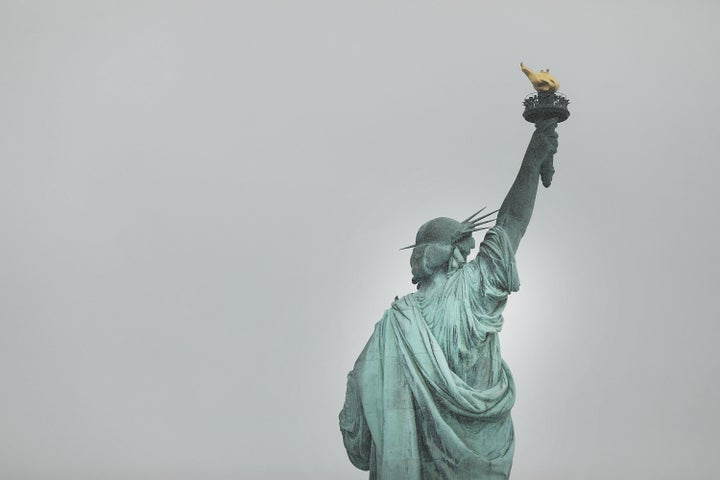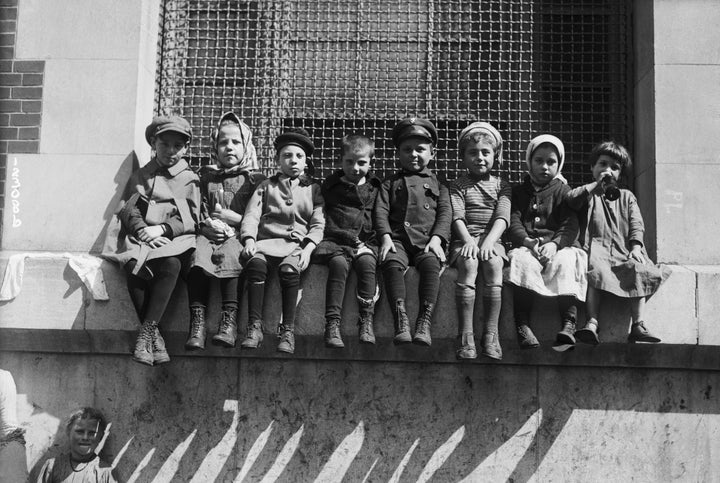
“They didn’t say anything,” Ana Rivera told Jonathan Blitzer, a reporter for The New Yorker. “They just walked over and grabbed Jairo. It felt like my son was stuck to me. He clung to me, cried and screamed. They had to pull him away.”
Rivera and 5-year-old Jairo entered the U.S. on May 5 from Honduras. Charged with illegal entry, she was taken to an Immigration and Customs Enforcement processing center in El Paso, Texas. He was sent to Chicago, where he was held in custody for nearly six weeks before being transferred to another facility in El Paso. They are still separated and awaiting deportation to Honduras, where Rivera fears for her life. “But I’ve told them, ‘If you take me to the airport and my son isn’t there, you’ll be killing me.’”
As we’ve learned with horror in recent weeks, Rivera’s and Jairo’s experiences are far from unique. Because of President Donald Trump’s zero-tolerance immigration policy, thousands of children have been cruelly separated from their parents who, faced with violence and poverty in their home countries, sought only to find a better life for their families. Instead, they’ve found a country that does not welcome them, a country that seems to have forgotten its immigrant history.
A century ago, America opened its arms to immigrant families (at least those from Europe). From 1905 to 1914, nearly 1 million immigrants arrived each year. During peak times, 4,000 to 5,000 immigrants stepped foot onto Ellis Island each day. When they arrived, families stayed together. They had to undergo inspection and interviews, but they did so together.

Some children were separated from their families, but the separation was for the purpose of enabling them to enter America. Thousands of children arrived at Ellis Island sick with diseases they contracted in their home country or while traveling for weeks on overcrowded steamships. They were taken, accompanied by their parents, to a 22-building medical complex on Ellis Island and assigned to a ward corresponding to their disease. Their parents were housed in adjoining dormitories.
Some children — those with a potentially deadly contagious disease — were placed in quarantine, apart from their parents, who were not allowed to visit them. Nonetheless, they were made to feel safe and at home. The hospital complex on the island had a school, a library, weekly movies, social and legal aid workers and chaplains who made regular visits to the sick wards. Holidays were celebrated with candy and gifts. There was a kosher kitchen and other accommodations for those who, by virtue of their religion or culture, had special dietary needs.

In the filming of my documentary on the Ellis Island hospital, I interviewed John Gaquer, then 75, who arrived at Ellis Island in 1929 at the age of 5 and was hospitalized for diphtheria. He was taken from his mother, fearful that he would never see her again. But he was nursed to health and rejoined her as they left together to create a life in America.
Another of my interviewees, Anne Rierson, was separated from her parents for five days as a health precaution. She thought she had been abandoned. Separation from parents at an early age can be traumatic, whatever the reason.
There can be good reasons for separating parent and child at a U.S. point of entry. There are also capricious reasons. There was never a time when caprice was a governing policy at Ellis Island. Families that came together stayed together, save for those instances when public health was at risk.
Of course, Ellis Island was not immune to manipulation by the era’s nativists. Many Americans opposed the entry of Italians, Greeks, Poles, Jews and virtually everyone else from Southern and Eastern Europe. When mental testing was introduced as part of the medical inspection, Italians and Jews were singled out. Some were declared unfit and deported to their country of origin.
One would like to think, a century later, that we’re a more advanced society, that we would more deeply understand that people are more alike than different. One would also think that people today would more easily understand the plight of the migrant. As Leah Shain, whose aunt was detained on Ellis Island, told me in an interview, “They didn’t leave where they came from because life was so good for them. It wasn’t. Whatever they had here was better.”

The immigration story includes our personal histories. A more precise estimate is impossible, but tens of millions of Americans today are descendants of immigrants who were thought deplorable by those already here. One of them is Stephen Miller, a chief architect of Trump’s family separation policy. His great-grandfather Sam Glosser, fearing pogroms, left Belarus in the early 1900s. If he had been sent back, his fate would have rested with Stalin or Hitler.
It’s too soon to know the damage that the Trump administration’s immigration policies have done to America’s image abroad or how many thousands of people have suffered from it, some of whom are sure to die at the hands of criminals when sent back to their home countries. What we do know is that America has taken a large step back in time, before the era of Ellis Island, perhaps as far back as the 1840s, when a Protestant majority tried by every tool available to prevent the entry of Irish Catholics.
We turn our back on our collective history at our own peril. If we fail to learn its lessons, we risk making the same mistakes. We also risk losing sight of the lessons contained in what we once accomplished as a nation.
Lorie Conway is a Boston-based filmmaker and the writer and director of “Forgotten Ellis Island.”
